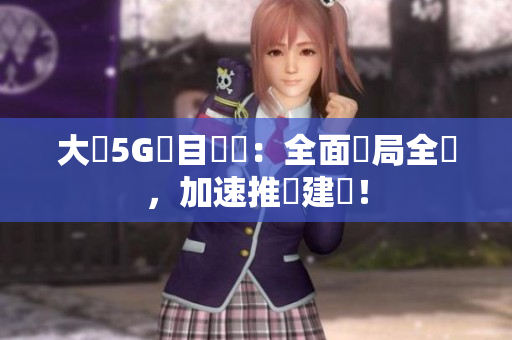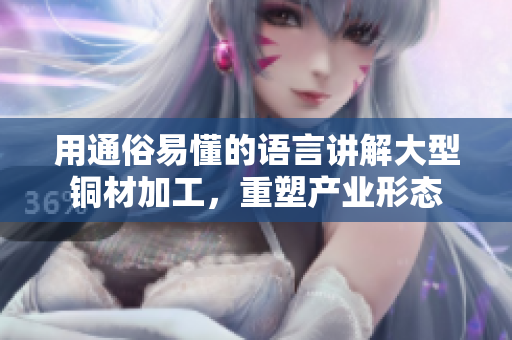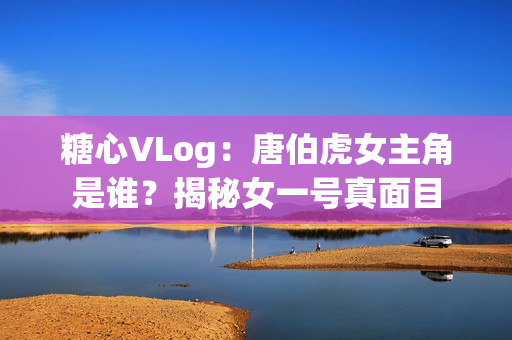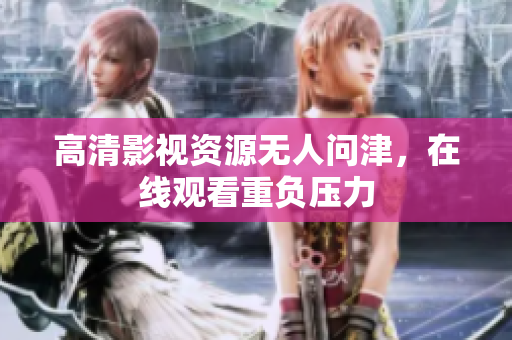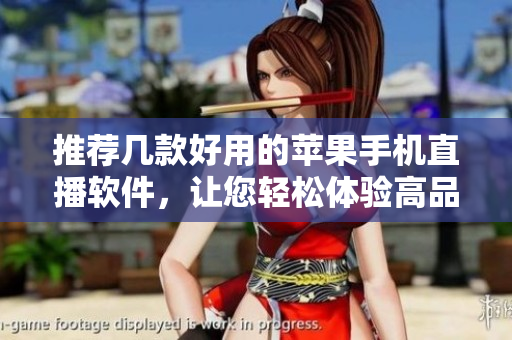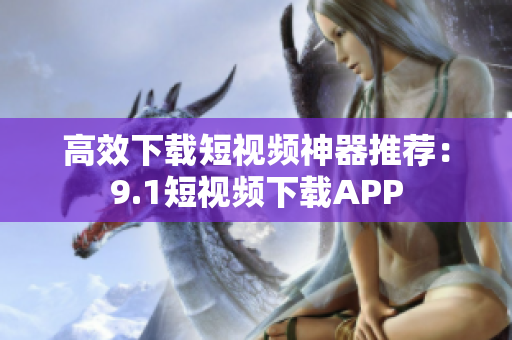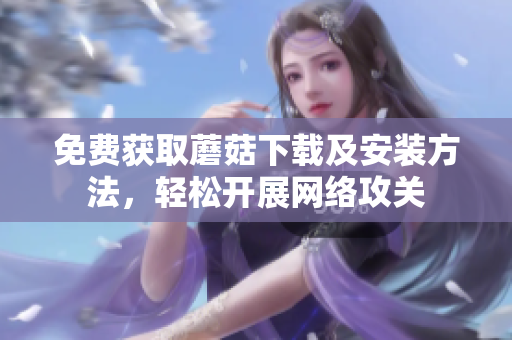Introduction
Western humanistic art is the pinnacle of art that has been influenced by the Western world, with its rich history and traditions. In recent years, with the advancement of technology, the world has seen a surge in 5G technology, allowing for faster and more efficient connectivity. However, this technological advancement has also created controversy regarding its potential health effects. In addition, students face pressure both academically and socially, as seen in the example of a student who has been assigned a C1 class by their teacher and the emotional distress of the class president. Meanwhile, players in the gaming industry are grappling with issues such as microtransactions, and Southeast Asia is facing challenges in meeting the demands for basic education.
Top Western Humanistic Art Works
The Western world has a rich history of artistic expression, and there are countless works of art that can be considered the pinnacle of humanistic expression. Some of the most famous works include:
Leonardo da Vinci's "Mona Lisa": This iconic painting is considered a masterpiece of the Renaissance era, with its mysterious smile and intricate details.
Michelangelo's "David": This sculpture is a symbol of humanism, representing the beauty and strength of the human body.
William Shakespeare's "Hamlet": This play is a masterpiece of Western literature, exploring human emotions and the complexities of the human psyche.
Beethoven's Ninth Symphony: This symphony is a powerful expression of humanity's struggle for freedom and equality, with its iconic "Ode to Joy" chorus.
Van Gogh's "Starry Night": This painting is a symbol of the post-impressionist movement, with its swirling stars and vivid colors.
The Controversy Surrounding 5G
As 5G technology becomes more prevalent, there are concerns about its potential health effects. Some studies have suggested that high levels of electromagnetic radiation may cause adverse health effects, including cancer and neurological disorders. However, other studies have found no link between 5G technology and negative health consequences.
It is important for policymakers and industry leaders to consider the potential risks and benefits of 5G technology and take appropriate measures to minimize any potential negative impacts. More research is needed to fully understand the effects of 5G technology on human health, and it is essential to communicate any findings clearly and transparently to the public.
The Pressure Facing Students
Students often face pressure both academically and socially. For example, a student who has been assigned a C1 class by their teacher may feel overwhelmed by the academic demands of the course. Additionally, the emotional distress of the class president who was seen crying illustrates the social pressures that students must navigate.
Teachers and administrators can support students by creating a supportive and nurturing environment that promotes academic achievement and emotional well-being. Students need to feel that they can seek help when they need it without fear of judgment or punishment.
The Gaming Industry's Microtransaction Controversy
The gaming industry is grappling with issues related to microtransactions, which allow players to purchase virtual items or currency with real money. Some players argue that microtransactions create an unfair advantage for players who can afford to spend more money on the game, while others argue that they are necessary to support the development of the game.
It is essential for game developers to consider the potential impact of microtransactions on the gaming experience and to be transparent about the costs and benefits. Players also need to be empowered to make informed decisions about their purchases and understand the potential consequences of their choices.
The Challenge of Meeting Basic Education Needs in Southeast Asia
Southeast Asia faces significant challenges in meeting the demand for basic education, particularly in rural areas. Factors such as poverty, inadequate infrastructure, and political instability can exacerbate the problem.
To address these challenges, governments, non-governmental organizations, and other stakeholders must work together to develop innovative solutions that can improve access to education. This may involve investing in infrastructure such as schools and libraries, providing subsidies or scholarships to families, and developing programs to train teachers and support student learning.
Conclusion
Western humanistic art is a testament to the power of human expression, and as technology advances, it is essential that we consider the potential risks and benefits. Students face pressure both academically and socially, and it is important to create an environment that supports their well-being. Meanwhile, the gaming industry and Southeast Asia must grapple with their unique challenges. By working together and taking a proactive approach, we can continue to promote human flourishing and build a better world for future generations.

